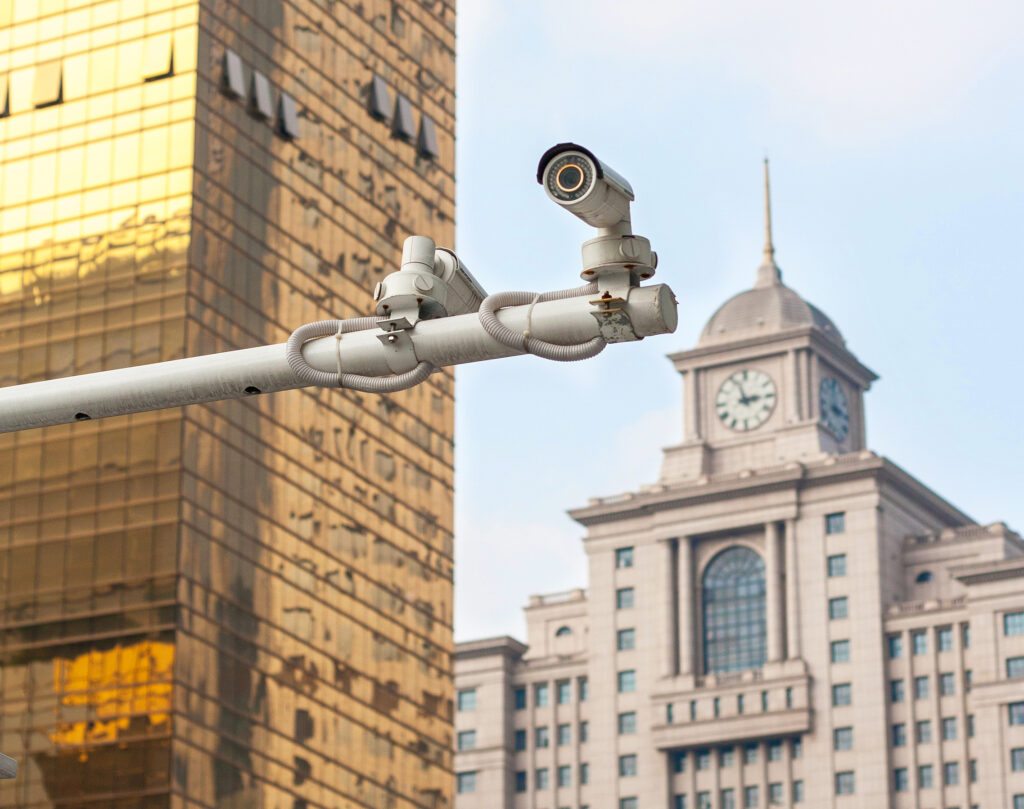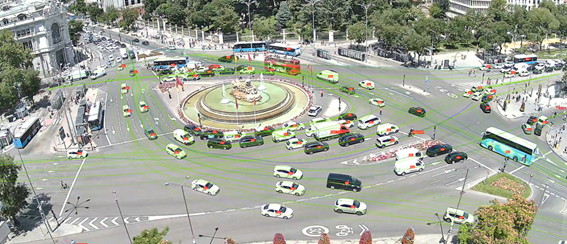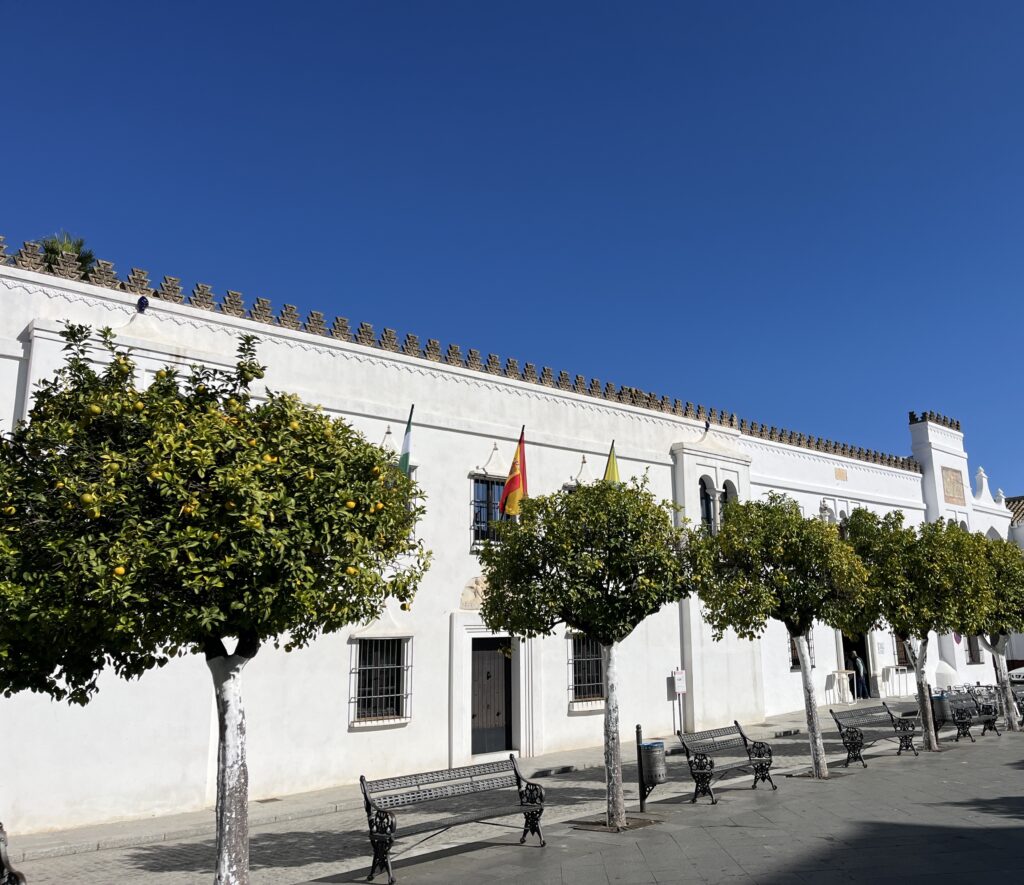The intercity bus sector has undergone a significant transformation thanks to the incorporation of various technological solutions. These innovations not only enhance operational efficiency and user experience but also contribute to achieving the Sustainable Development Goals (SDGs) and the decarbonization of transport. Several technologies have played a key role in this transformation, including ticketing systems, Operational Support Systems (SAE), efficient driving solutions, and digitalization. Each of these technologies has revolutionized the sector, bringing unique value.
Ticketing Solutions
Electronic ticketing solutions have revolutionized how passengers purchase and validate tickets over the past 5 to 10 years. These systems enable ticket purchases and validation via mobile devices, eliminating the need for physical tickets and reducing paper usage. This not only simplifies the process for users but also minimizes the equipment needed on buses, leading to cost savings and a smaller carbon footprint.
Technologies such as NFC (Near Field Communication) and QR codes allow passengers to validate their tickets quickly and efficiently, improving access flow to buses. Additionally, integrating these systems with mobile applications provides real-time information on schedules and routes, significantly enhancing the travel experience.
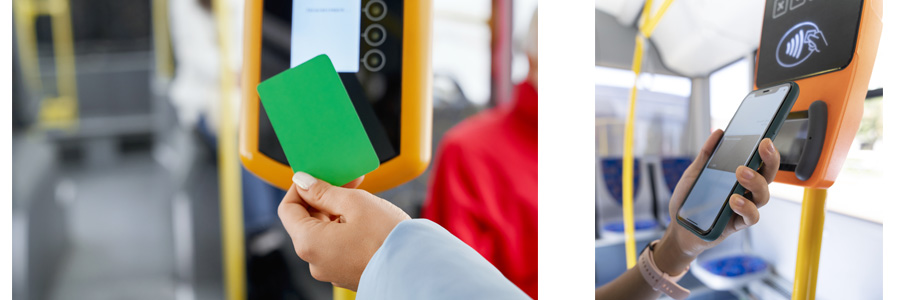
Operational Support System (SAE)
The Operational Support System (SAE) is another essential tool for the efficient management of bus fleets. While traditionally used in urban buses in large cities, it has become widespread in intercity fleets in recent years. This system leverages advanced information and communication technologies to provide comprehensive and real-time management of bus operations. Key functionalities include real-time bus tracking, route rescheduling in case of unforeseen events, and bidirectional communication between the control center and drivers.
SAE helps optimize fleet management, improving punctuality and the quality of service for passengers. Additionally, it enables the collection of data on bus performance and passenger behavior, allowing operators of all sizes to make informed decisions for continuous service improvement.

Efficient Driving Assistance
Efficient driving is another key aspect of modernizing the intercity bus sector. Technologies based on IoT and Big Data allow for the monitoring and analysis of various driving parameters, such as speed, inertia, and fuel consumption. These tools provide drivers with personalized recommendations to enhance their performance and reduce fuel consumption, leading to lower greenhouse gas emissions.
Moreover, gamification and incentive programs encourage good driving practices, contributing to greater sustainability and safety in transport. Reduced fuel consumption not only benefits the environment but also results in significant cost savings for transport companies.
Digitalization of the Sector
The digitalization of the intercity bus sector is a comprehensive process that encompasses everything from fleet and driver management to user interaction and the administrative and financial management of operators. Implementing digital systems improves service planning and coordination, optimizing resource utilization and enhancing operational efficiency.
Digitalization also facilitates the integration of different transport modes, promoting more sustainable and accessible mobility. For example, interoperability between ticketing systems and traveler information platforms allows users to plan their trips more efficiently and access real-time updates.
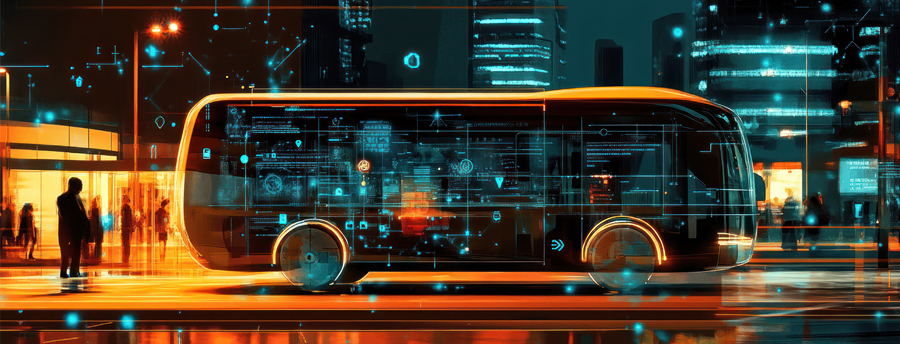
Contribution to Sustainable Development Goals (SDGs) and Decarbonization
Technological solutions in the intercity bus sector play a crucial role in achieving the Sustainable Development Goals (SDGs). The reduction of paper use through digital tickets, route optimization, and efficient driving all directly contribute to transport decarbonization.
Sustainable public transport improves air quality and reduces urban congestion, fostering healthier and more livable cities. Additionally, increased accessibility and efficiency in public transport encourage its use, decreasing reliance on private vehicles and reducing greenhouse gas emissions.
Benefits for Users and Operators
Technological innovations not only benefit the environment but also enhance user experience and improve operational efficiency for bus operators. Digital ticketing systems and mobile applications simplify access to information and ticket purchasing, making public transport more convenient and attractive for passengers.
For operators, digitalization and operational support systems enable more efficient fleet management, reducing costs and improving service quality. Real-time data collection and analysis provide valuable insights for decision-making, allowing for quick adaptation to changing market and user needs.
In conclusion, technology is transforming the intercity bus sector, making it more efficient, sustainable, and user-centered. Ticketing solutions, operational support systems, efficient driving technologies, and digitalization are driving the modernization of public transport, contributing to the achievement of the SDGs and the decarbonization of the sector. These advancements not only benefit the environment but also enhance service quality and user experience, making public transport a more attractive and viable option for all.



